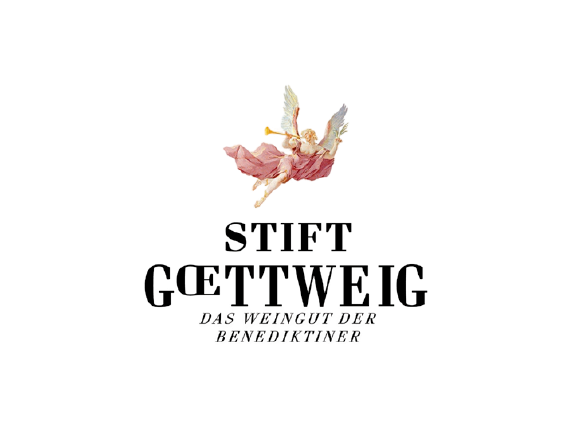The Benedictine abbey Stift Göttweig is situated on the eastern perimeter of Austria’s famous Wachau Valley, perched 449 meters above sea level on the southern bank of the Danube River, just across from the city of Krems. Because of its unique setting on the mountainside known as Göttweiger Berg, it is occasionally called the ‘Austrian Montecassino’.
Stift Göttweig was founded in 1083 by Saint Altmann, the bishop of Passau, and was given over to the Benedictine Order in 1094. Since that time, forestry and viticulture have formed the basis of the local economy, with the abbey always instrumental in the continuing development of wine production in the region.
Its baroque buildings were constructed according to the plans of architect Johann Lukas von Hildebrandt, following a great fire that destroyed the old cloister in 1718. Particularly special points of interest here include the museum in the imperial wing, the imperial staircase – which rises beneath Paul Troger’s magnificent ceiling fresco painted in 1739 – the imperial chamber, the princes’ rooms and the collegiate church with crypt and cloister.





